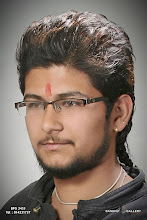Preceding film in origin by thousands of years, early plays and dances had elements common to film: scripts, sets, costumes, production, direction, actors, audiences, storyboards, and scores. Much terminology later used in film theory and criticism apply, such as mise en scene (roughly, the entire visual picture at any one time). Owing to an absence of technology for doing
Featured articles

Etiam tincidunt lobortis massa et tincidunt. Vivamus commodo feugiat turpis, in pulvinar felis elementum vel. Vivamus mollis tempus odio, ac imperdiet enim adipiscing non. Nunc Read More ...

Proin ac leo eget nibh interdum egestas? Aliquam vel dolor vitae dui tempor sollicitudin! Integer sollicitudin, justo non posuere condimentum, mauris libero imperdiet urna, a Read More ...

Etiam ultrices felis sed ante tincidunt pharetra. Morbi sit amet orci at lorem tincidunt viverra. Donec varius posuere leo et iaculis. Pellentesque ultricies, ante at Read More ...
FOR COMPLETE INFORMATION CLICK HERE A film, also called a movie or motion picture, is a series of still or moving images. It is produced by recording photographic images with cameras, or by creating images using animation techniques or visual effects. The process of filmmaking has developed into an art form and industry.Films are cultural artifacts created by specific cultures,
























